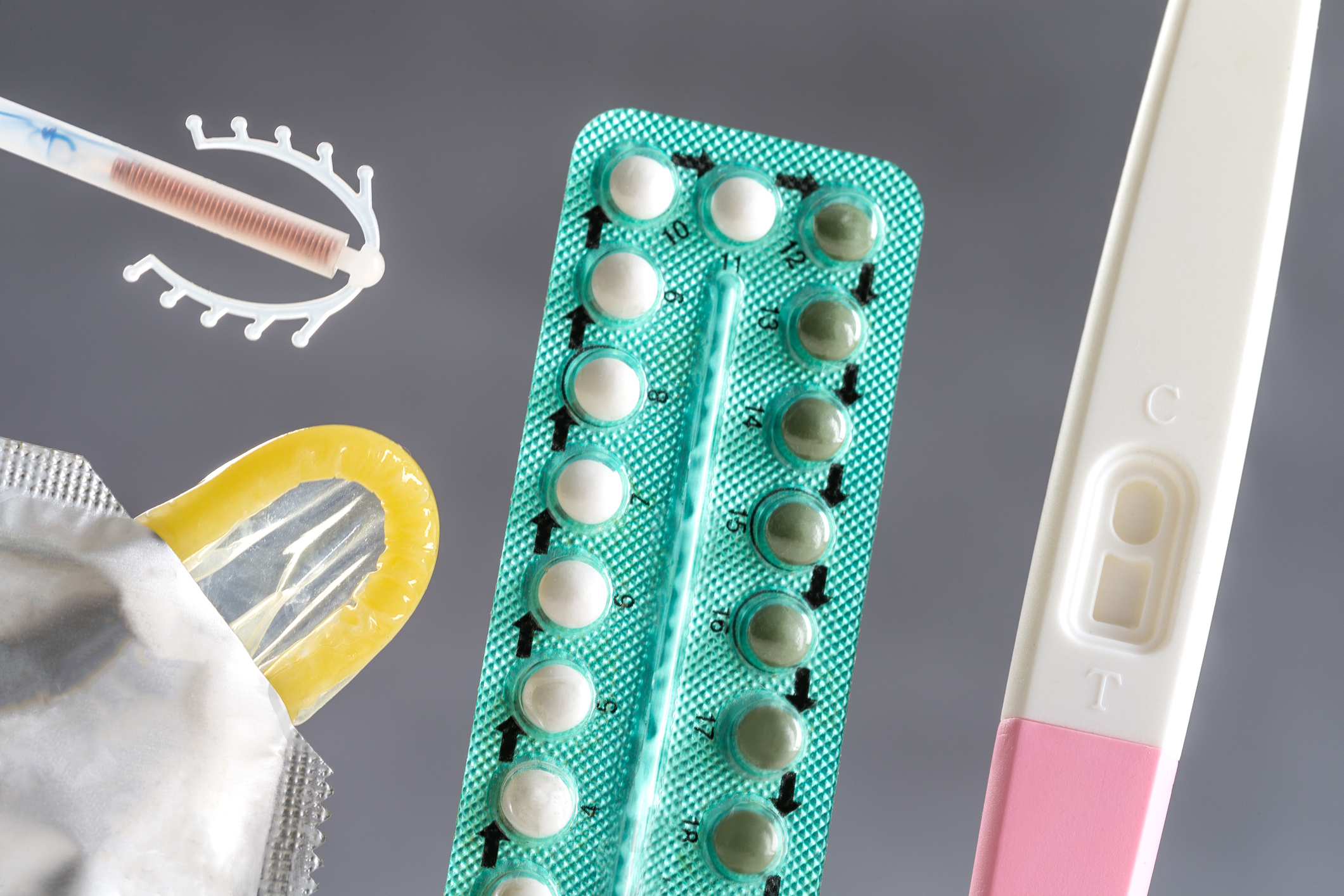Emergency Contraception
You can use emergency contraception (EC, sometimes called the morning after pill) up to 5 days AFTER sex to prevent pregnancy. EC works by delaying ovulation or interrupting fertilization. It is not an abortion pill, and will not terminate a pregnancy after it’s begun.
EC is a great option if you had a condom mishap or didn’t use one, or you forgot to use your birth control as directed. The sooner you use it after sex, the more effective it is. But it’s still not as effective as many other kinds of birth control, and isn’t meant to be used as a primary birth control method. It also doesn’t prevent the spread of STIs.
There are a few different kinds.
Plan B One-Step
Plan B One-Step is the most common kind of EC. It is a one-time pill that uses the hormone progestin to delay ovulation or disrupt fertilization. It’s essentially an extra-strong dose of what’s in many birth control pills. You do NOT need to go to the doctor or get a prescription to use Plan B. You can get it over the counter at drug stores, with no age restrictions. Try looking for it in the family planning aisle, or wherever the condoms are. It costs $35-$60, but you may be able to get it cheaper (or free!) through your insurance or at a family planning clinic, or find coupons online.
You can take Plan B up to 5 days after sex, but the longer you wait the less effective it will be. Because of this, consider getting a few pills to keep on hand—just in case. If you take Plan B up to 24 hours after sex, it’s around 95% effective at preventing pregnancy. If you take it within 72 hours after sex, it’s about 89% effective. Ella (see below) is significantly more effective after the 3-day mark. Plan B is also less effective if you have a BMI over 30. If you’re not sure what your BMI is or what EC is best for you, call your healthcare provider.
After taking Plan B, some people feel nauseous or moody—this is normal, and is a temporary side effect of the large dose of hormones.
Ella
Ella is a non-hormonal, prescription-only method of EC. It stops hormones needed for conception from working. Like Plan B, it’s a single pill. Ella is effective up to 120 hours (or 5 days) after sex. Since it’s prescription-only, you need to see your doctor or go to a family planning clinic to get it. Not all pharmacies stock ella, so call ahead or ask your doctor to check for you. Like with Plan B, it is more effective the sooner you take it. If it’s been more than 3 days since you had unprotected sex, ella is significantly more effective than Plan B.
Copper IUD
The copper IUD (also called ParaGard) is the most effective method of EC. It prevents 99% of pregnancies, up to 5 days after sex, no matter how much you weigh. The copper IUD is a tiny, T-shaped rod made of plastic and a bit of copper that’s inserted into your uterus through your vagina. Many people use it as their primary method of birth control. The copper IUD can be left in place for up to 12 years, and is 99% effective at preventing pregnancy. It may be difficult to get an IUD on short notice. You can call your doctor and local clinics to check if they can insert the IUD within 5 days after sex. Make sure you mention that you’re interested in using the copper IUD as emergency contraception in your call. We talk more about the copper IUD in Birth Control Methods.
Emergency contraception myths
Emergency contraception is NOT the same as “the abortion pill.” EC works by preventing ovulation and disrupting fertilization. It will not end a pregnancy. (Pregnancy begins when a fertilized egg implants on the wall of the uterus.)
While we don’t recommend using EC as your main birth control method, using EC more than once is not unhealthy.
We also want to emphasize that there is nothing shameful about using EC! Using EC is a great way to take control of your sexual health, and your future. That’s not something to be ashamed of—that’s something to be PROUD of!
This information is not intended to provide medical advice, professional diagnosis, opinion, treatment or services, only general information for education purposes only.


